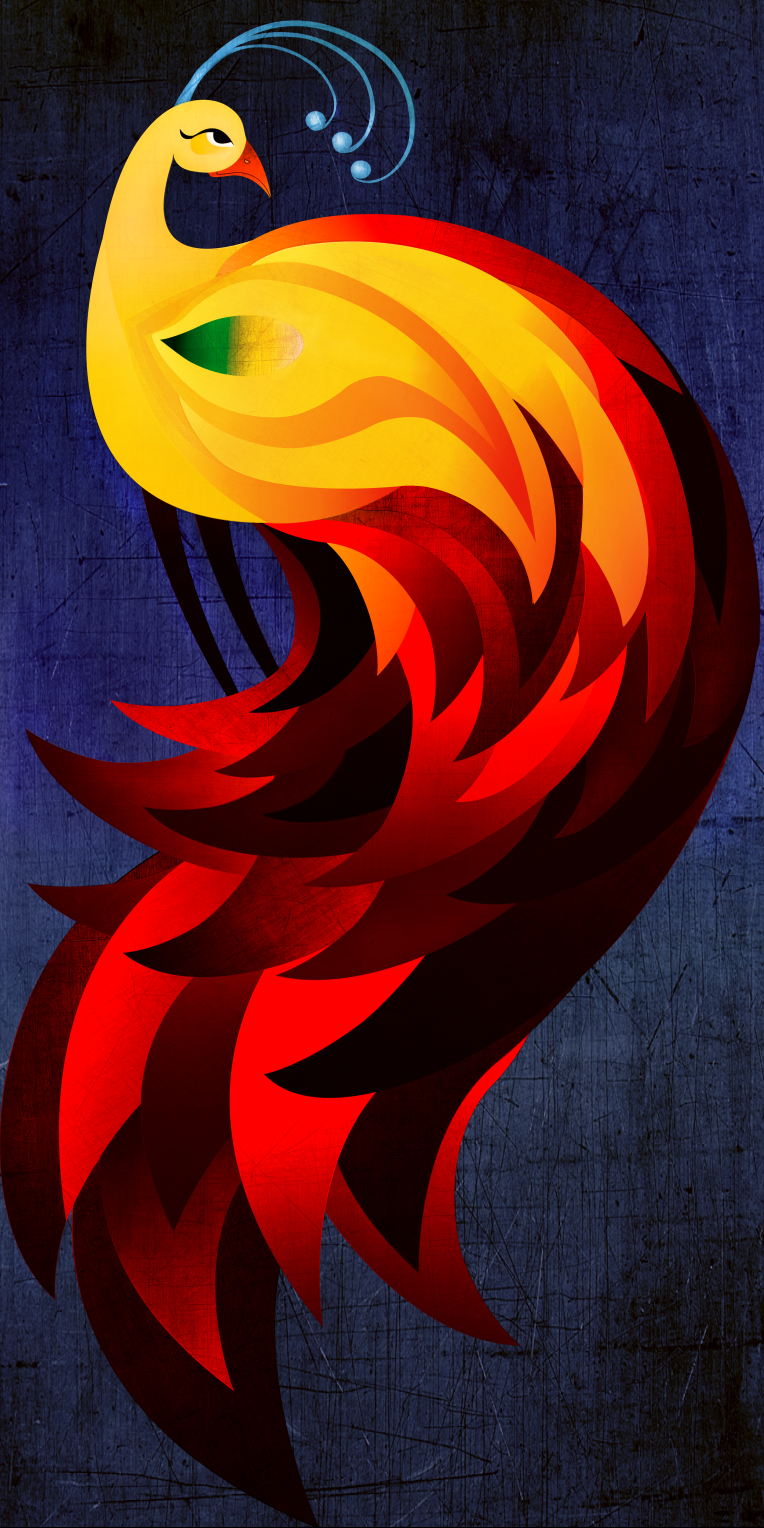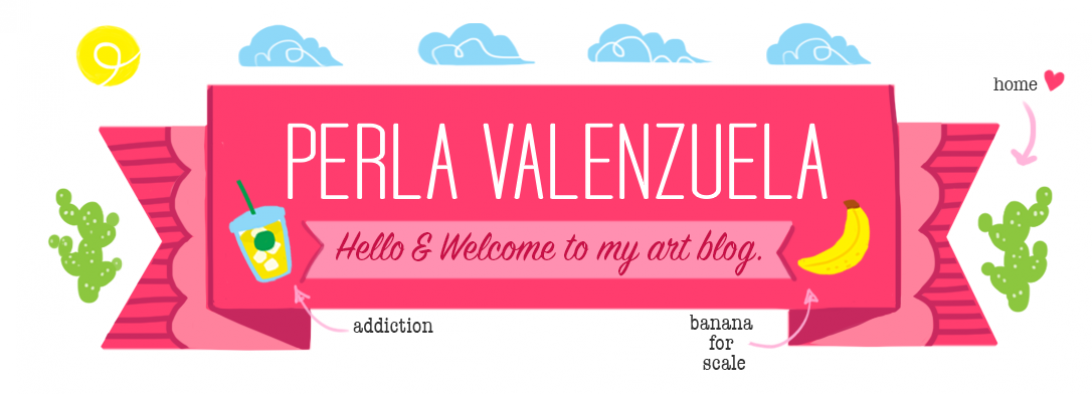In the hopes of really learning this rule I’m gonna make this the topic of the day. To kill your sweethearts is a rule that some writers live by. This means something different for an artist, it means to edit yourself carefully. It means to not let your ego, a detail you feel looks awesome, or an idea or concept any one single aspect of an image that seems too good for adjustments… probably needs to go. This is probably one of the hardest things for me to learn and am admittedly still in the process of learning. It’s the opposite of how I’ve taught myself to work. I used to think if I had one awesome, sweet detail in one of my pieces it was enough to carry the piece as a whole, if I only made it the focal point. This is terrible, it’s a recipe for disaster. As I mentioned before the gestalt is the most important aspect, it doesn’t really care about awesome details if the picture as a whole doesn’t make sense or is stronger than the concept of the image itself. For me to “kill your sweethearts” means to “just let go”. I’ll use the example of the latest project I worked. For the “Pants on Fire” project I had made all these beautiful sketches of a bird with a long swirly tail full of intricate detail. It looked awesome as a sketch. The thing about sketches is that you’re working on black and white (pencil and paper) and once you start working in color you don’t need a lot of those details because they can end up making the piece look busy or maybe they’re no longer necessary because color was used in its place. This is what happened with this project, I had spent so much time putting intricate detail in all the birds feathers that once I brought it over to Illustrator it didn’t make sense. It looked busy, quite frankly it looked like a map. I had to let it go. I loved the detail in the feathers and my ego was begging me to spend hours just to make that detail work, but guess what I’m under tight deadlines and I had to tell myself to just let it go. I opted for textures to make up for this void of detail in the feathers. It came out quite nice. I’m happy with the result. I made the deadline and my teacher didn’t hate it. Success.
Till next time!
Perla.
Ps (Because of this tight deadline I borrowed this texture from someone on the interwebs and didn’t make it myself. I can’t find the source to give this person proper credit. I know I found it on a deviant art page and the author was more than happy to share the textures as long as it wasn’t for something commercial. So I think I’m in the clear this time, however I am sad to not give proper credit where it’s due).


